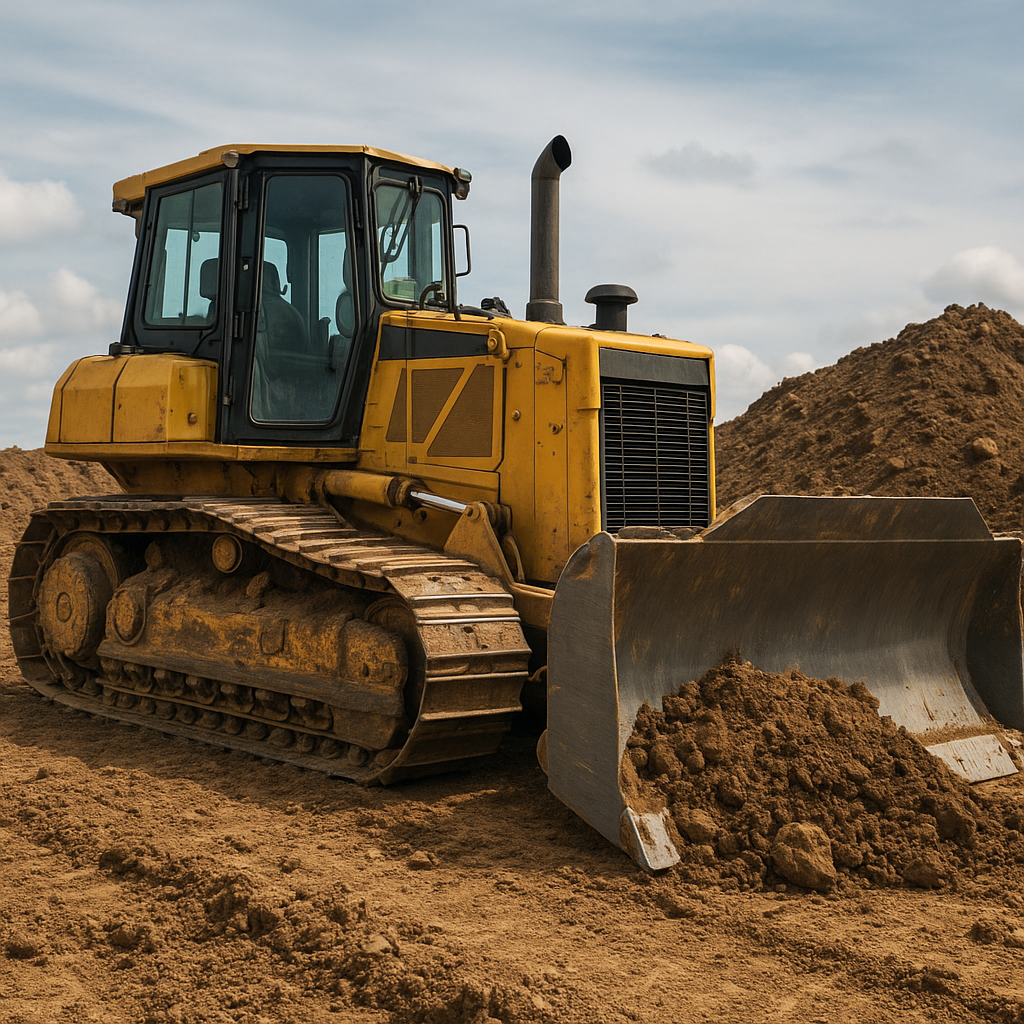
Data analytics has become a cornerstone in the field of industrial machine optimization, offering unprecedented insights and efficiencies. As industries strive to enhance productivity and reduce costs, the integration of data-driven strategies has proven to be a game-changer. This article delves into the multifaceted role of data analytics in optimizing industrial machinery, exploring its impact on performance, maintenance, and innovation.
Understanding Data Analytics in Industrial Contexts
Data analytics refers to the process of examining datasets to draw conclusions about the information they contain. In the industrial sector, this involves collecting data from various machines and processes, analyzing it to identify patterns, and using these insights to make informed decisions. The application of data analytics in industry is not just about improving efficiency; it is about transforming the way machines operate and interact.
Industrial machines generate vast amounts of data through sensors and IoT devices. This data includes information on temperature, pressure, vibration, and other operational parameters. By leveraging advanced analytics tools, industries can process this data to monitor machine health, predict failures, and optimize performance. The ability to analyze data in real-time allows for immediate adjustments, reducing downtime and enhancing productivity.
Predictive Maintenance
One of the most significant benefits of data analytics in industrial machine optimization is predictive maintenance. Traditional maintenance strategies often rely on scheduled checks or reactive repairs, which can lead to unnecessary downtime or unexpected failures. Predictive maintenance, on the other hand, uses data analytics to predict when a machine is likely to fail, allowing for timely interventions.
By analyzing historical data and identifying patterns that precede equipment failures, industries can schedule maintenance activities more effectively. This not only extends the lifespan of machinery but also reduces maintenance costs and minimizes disruptions to production. Predictive maintenance is a proactive approach that ensures machines are always operating at their optimal capacity.
Enhancing Machine Performance
Data analytics plays a crucial role in enhancing the performance of industrial machines. By continuously monitoring and analyzing machine data, industries can identify inefficiencies and areas for improvement. This can involve adjusting operational parameters, optimizing energy consumption, or reconfiguring processes to achieve better outcomes.
For instance, data analytics can help identify bottlenecks in production lines, allowing for adjustments that increase throughput. It can also be used to optimize energy usage, reducing costs and environmental impact. By providing a detailed understanding of machine performance, data analytics enables industries to make data-driven decisions that enhance overall efficiency.
Innovation and Development
Beyond maintenance and performance optimization, data analytics is driving innovation in industrial machine development. By analyzing data from existing machines, manufacturers can identify trends and insights that inform the design of new equipment. This can lead to the development of machines that are more efficient, reliable, and tailored to specific industrial needs.
Data analytics also facilitates the integration of new technologies, such as artificial intelligence and machine learning, into industrial machines. These technologies can further enhance machine capabilities, enabling autonomous decision-making and adaptive processes. As a result, industries can achieve higher levels of automation and innovation, staying competitive in a rapidly evolving market.
Challenges and Considerations
While the benefits of data analytics in industrial machine optimization are clear, there are also challenges to consider. One of the primary challenges is data management. Industrial machines generate vast amounts of data, and managing this data effectively requires robust infrastructure and expertise. Ensuring data quality and security is also critical, as inaccurate or compromised data can lead to incorrect conclusions and decisions.
Another consideration is the integration of data analytics into existing systems. Many industries have legacy systems that may not be compatible with modern analytics tools. Upgrading or replacing these systems can be costly and time-consuming, but it is necessary to fully leverage the benefits of data analytics.
Future Prospects
Despite these challenges, the future of data analytics in industrial machine optimization is promising. As technology continues to advance, the capabilities of data analytics will expand, offering even greater insights and efficiencies. The integration of advanced technologies, such as edge computing and blockchain, will further enhance data analytics capabilities, providing more secure and real-time insights.
Industries that embrace data analytics will be better positioned to adapt to changing market demands and technological advancements. By continuously optimizing machine performance and maintenance strategies, they can achieve sustainable growth and competitiveness in the global market.
In conclusion, data analytics is revolutionizing the way industries optimize their machines. From predictive maintenance to performance enhancement and innovation, the applications of data analytics are vast and transformative. As industries continue to harness the power of data, they will unlock new levels of efficiency and productivity, paving the way for a more advanced and sustainable industrial future.

